Recently, the Daily Sceptic published a piece by Professor Martin Neil, Professor Norman Fenton and Dr. Clare Craig exploring inconsistencies in ONS death data by vaccination status. It argued these inconsistencies point to a worrying trend in mortality in the vaccinated in the period following vaccination, concealed by the miscategorisation of deaths as unvaccinated. In particular, a strange spike in non-Covid deaths in the unvaccinated appeared following the vaccination rollout in each age group (see below). Such a spike must be an artefact of some kind because there is no mechanism by which a vaccination programme can cause all-cause mortality to spike in those not being vaccinated.
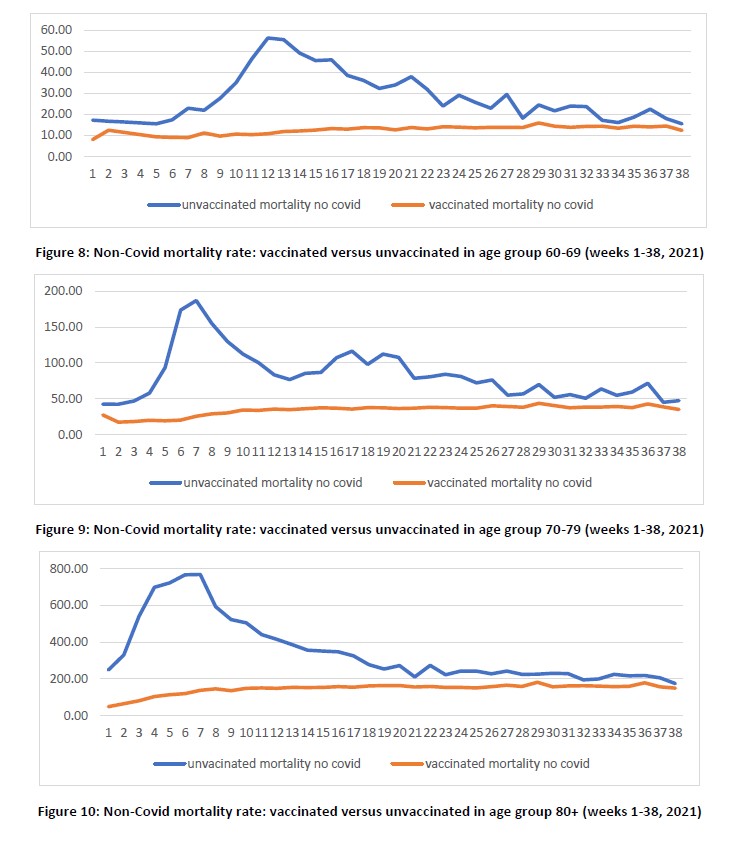
In its December report, the ONS offered an explanation for these strange spikes. It is a healthy vaccinee effect, it claimed, i.e., it results from the less healthy and those close to death (the moribund) foregoing vaccination or subsequent doses, meaning the more vaccinated are a healthier group than the less vaccinated. The ONS explains:
The all-cause ASMRs [age-standardised mortality rates] for the year-to-date were lower in the first three weeks after a vaccine dose than in subsequent weeks after that dose. This could be because of a ‘healthy vaccinee effect’ where people who are ill (either due to COVID-19 or another relevant illness) are likely to delay vaccination. Therefore, the people who have been recently vaccinated are, in the short term, in better health than the general population.
In light of this explanation from the ONS, Prof. Neil, Prof. Fenton and colleagues have updated their full-length paper to address it in detail. They point out that in the same December report the ONS makes a contradictory claim, namely that the clinically vulnerable, far from foregoing vaccination, were in fact prioritised for it:
The vaccination roll-out was also prioritised by health status of individuals, with the extremely clinically vulnerable and those with underlying health conditions being vaccinated earlier.
Indeed, Prof. Neil and colleagues note that “there is very little indication that terminally or critically ill patients in the U.K. were less likely to be vaccinated. On the contrary, the NHS Guidelines explicitly state that the most critically ill people are the ones who must be prioritised for vaccination in each age group. Moreover, feedback from palliative care doctors known to the authors confirm that terminally ill patients were indeed prioritised to receive the vaccination.”
Fortunately, we don’t need to remain in the dark on this, as the ONS has published data on people in their 70s in very poor health and their mortality rates by vaccination status over time. Using this data, we are able to check whether the claimed ‘healthy vaccinee’ effect in fact occurs. Prof. Neil and colleagues explain:
[The ONS] presents percentages from January to October 2021, of people in very poor health, defined as having experienced 12 or more recorded hospital episodes since January 1st 2020 or having two or more comorbidities – but do so only for 70-79 year olds. 13% of 70-79 year-olds were in this very poor health group in January 2021.It seems reasonable to assume the size of this very poor health group is strongly correlated with the size of any moribund (near-death) group and would therefore serve as a good proxy. If very poor health alone explains the non-Covid mortality rate, we should expect to see a more or less constant non-Covid mortality within this very poor health group regardless of vaccination status.
In other words, when we look only at those in very poor health, the spike in mortality around the vaccine rollout should disappear, as it was hypothesised to occur due to those in very poor health being in different and changing proportions in the two groups. But now we are looking at two groups in which all are in very poor health, so the proportion in each group in very poor health remains at 100% throughout.
What do we find? First of all, let us look at the proportions of people in very poor health in each vaccination category over time, which Prof. Neil and colleagues have calculated from the available data.

The key thing to notice here is that the percentage of people in very poor health in the unvaccinated category (the blue line) is consistently lower than in the overall population (the black line), and steadily decreases. This means that the unvaccinated are in fact a healthier group than the vaccinated, not less healthy – exactly what we’d expect given the stated policy of prioritising the clinically vulnerable. This contradicts, of course, the notion of a healthy vaccinee effect. As Prof. Neil and colleagues write:
This suggests that not only were those in very poor health not excluded from the dose one rollout, but that they were prioritised: hence the reduced percentage remaining. The decrease rather than increase in the percentage of unvaccinated in very poor health around the time of dose one rollout offers, therefore, a direct refutation of the hypothesis that the increase in non-Covid mortality observed in the unvaccinated at that time was due to them being moribund.
What about the other vaccination categories? There’s a clear rise in people in very poor health in the greater-than-21-days-after-first-dose group (grey line above) around the time of the second dose rollout, with the percentage doubling between April and June. However, the non-Covid mortality rate in that group goes up by a factor of 10 in the same period (yellow line below), so the doubling of the proportion in very poor health could only account for a small part of the apparent increase in mortality observed.
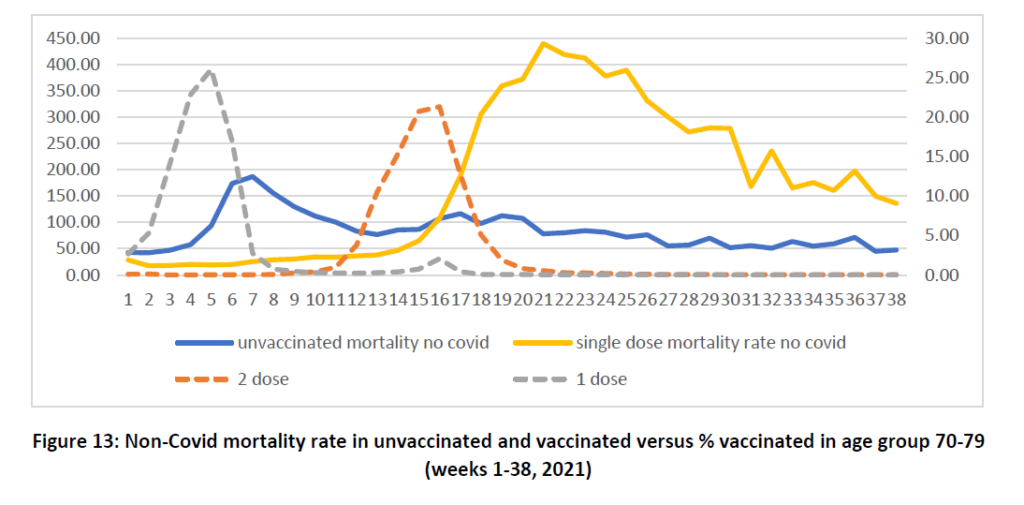
In addition, Prof. Neil and colleagues argue, there’s no reason to think the policy of prioritising the clinically vulnerable for vaccination was abandoned for the second dose.
There’s more. We can compare the non-Covid mortality rate in those who are unvaccinated and in very poor health to the rate in unvaccinated 70-79 year-olds generally. We would expect non-Covid mortality to remain broadly constant in both these groups throughout the vaccine rollout, as there is no reason why it should change. However, we already know there is an unexpected spike in the general unvaccinated group – it is what we are trying to explain. The ONS explanation, of course, is a healthy vaccinee effect, i.e., it’s because the proportion in very poor health in the group increases as they forego vaccination. However, we can see below that the same spike also appears just in those in very poor health (orange line, weeks 6-8). This cannot be caused by the healthy vaccinee effect, as the whole group is in very poor health, so the proportion in very poor health does not change. This means it must have a different cause.
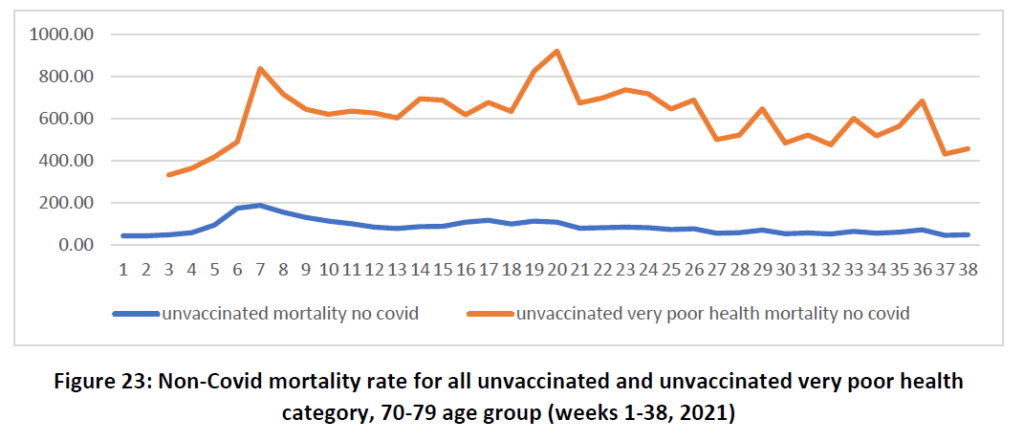
A final piece of evidence comes from comparing the non-Covid mortality rate in the unvaccinated in very poor health (orange line below) to that in the vaccinated in very poor health (blue line). These lines should be the same, as both show the non-Covid mortality rates of people in very poor health, and this should not be affected by vaccination status or a healthy vaccinee effect as we are looking only at those in very poor health. Yet they’re different: the unvaccinated line has spikes around the time of the vaccine rollout while the vaccinated is smooth, flat and consistently lower. As this cannot be explained by a healthy vaccinee effect, Prof. Neil and colleagues argue it is consistent with the miscategorisation of deaths as unvaccinated, with the spike in deaths really being in the recently vaccinated.
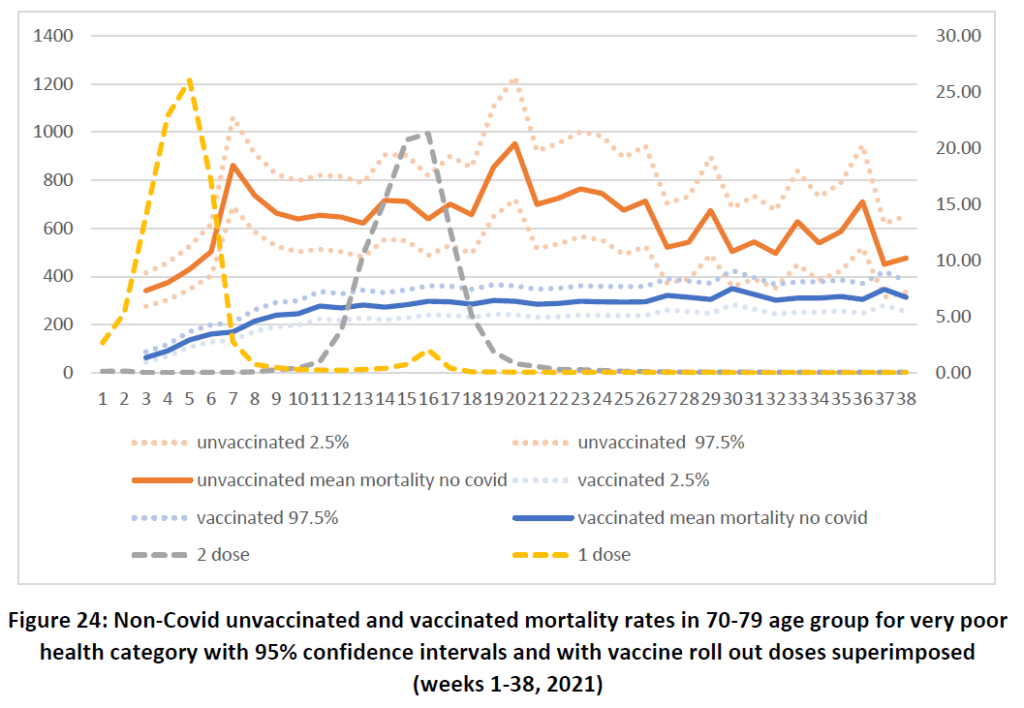
The work of Professor Neil, Professor Fenton, Dr. Craig and colleagues appears to demolish any claim that the strange and worrying spikes in non-Covid deaths in the unvaccinated in ONS data can be put down to a healthy vaccinee effect. To the contrary, it appears that the vaccinated group was less healthy – as would be expected from a policy of prioritising the clinically vulnerable for vaccination. It is also in line with the claims made by the UKHSA in its Vaccine Surveillance reports, which state vaccination “has been prioritised in individuals who are more susceptible or more at risk of severe disease” and therefore are also “more at risk of hospitalisation or death due to non-COVID-19 causes”.
Time for the ONS to investigate these spikes in deaths properly and stop claiming a healthy vaccinee effect that is contradicted by its own data.








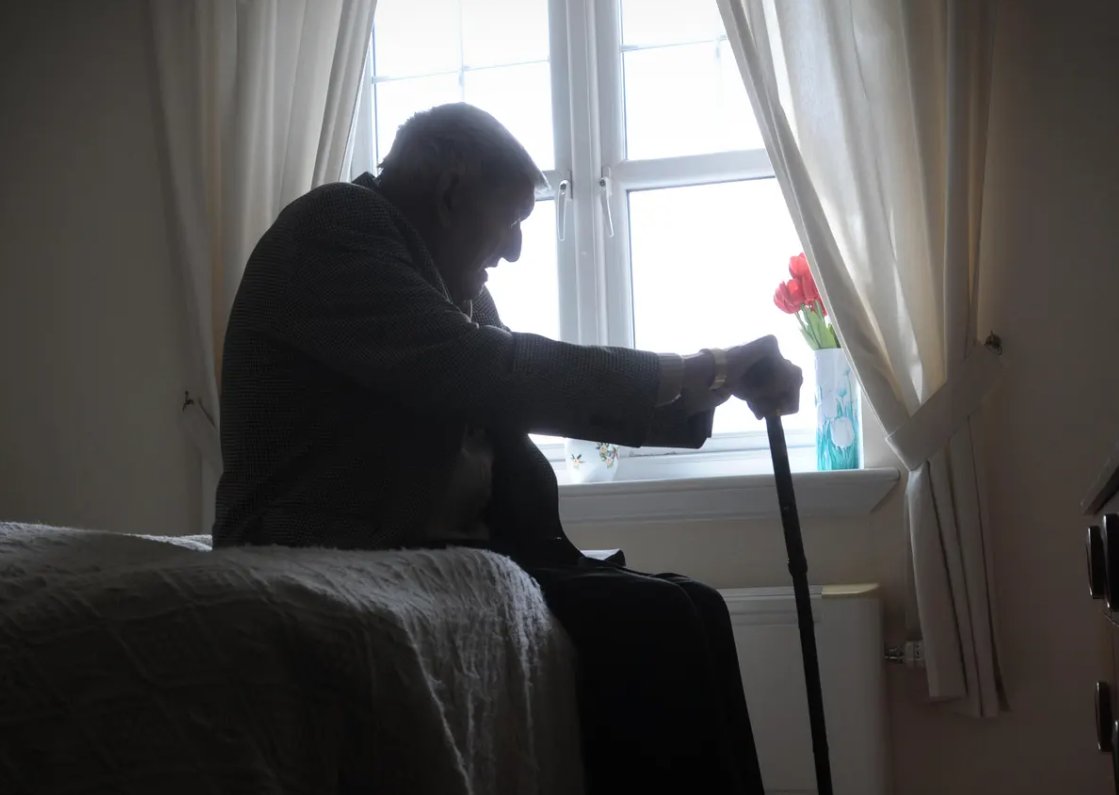



Profanity and abuse will be removed and may lead to a permanent ban.